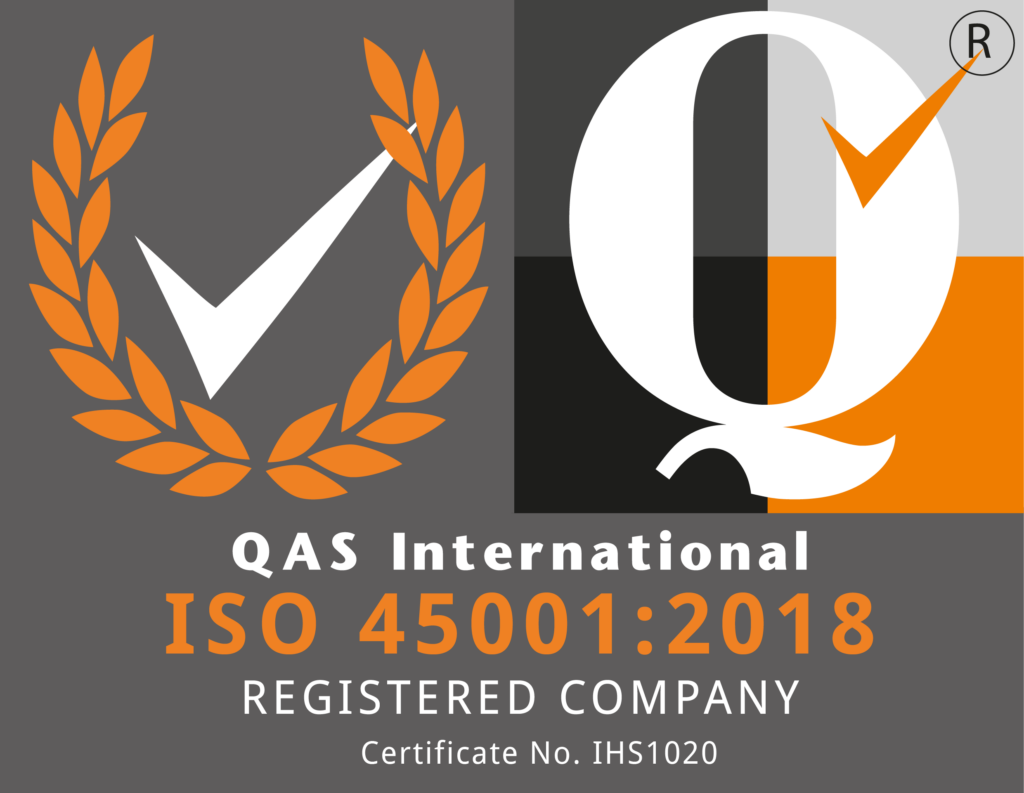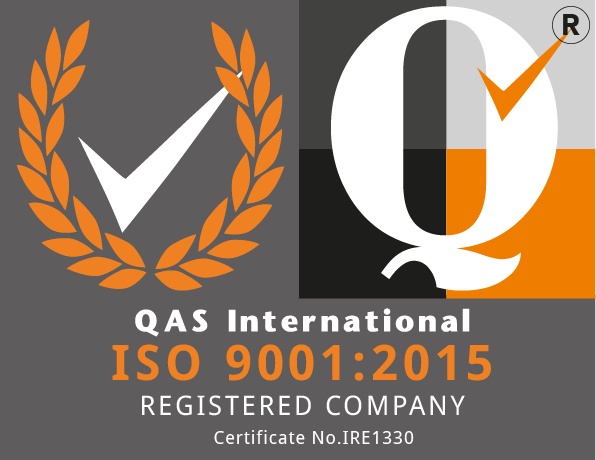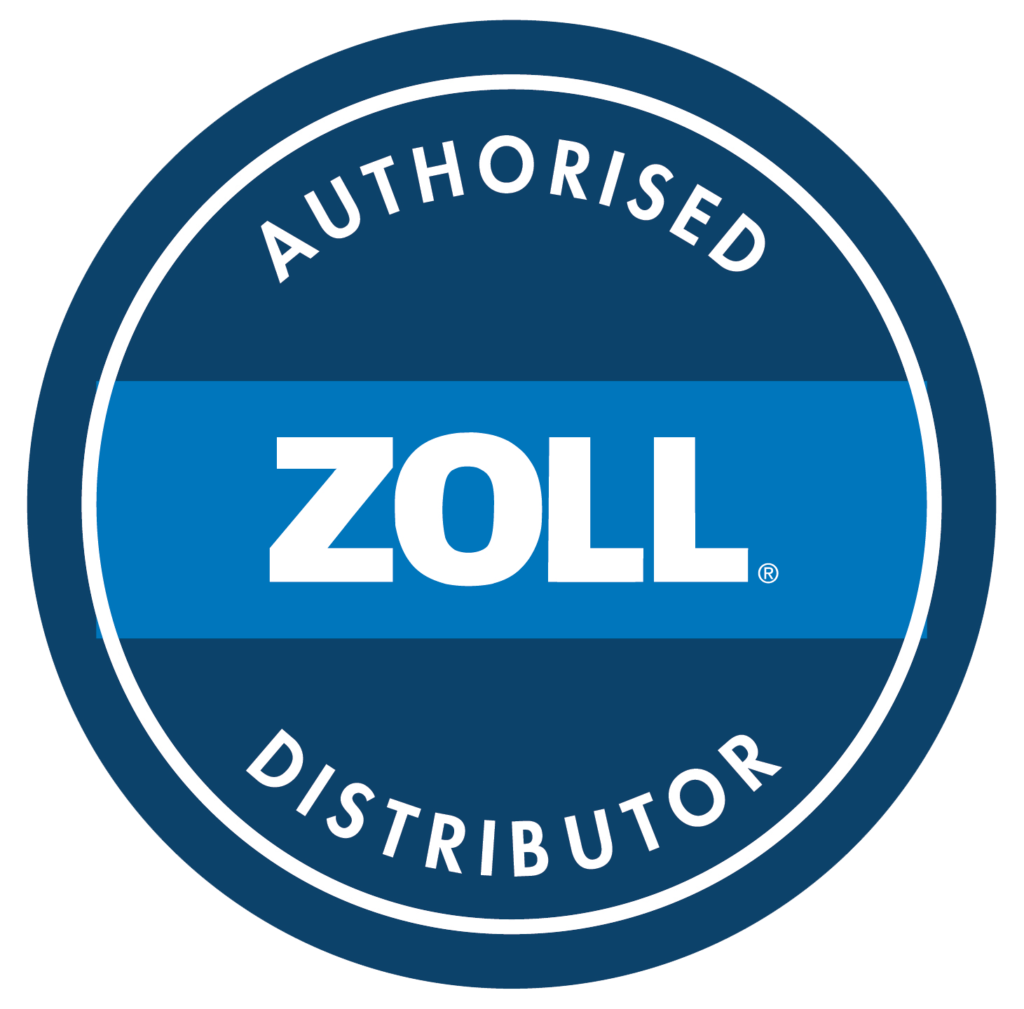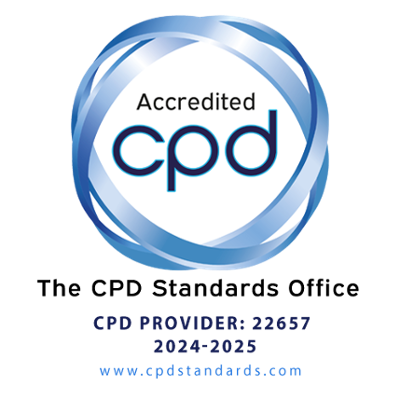A Guide to Residential Evacuation Prioritisation and Assistance
Ensuring Fire Safety in Healthcare – In residential healthcare, the safety of residents during emergencies is paramount. Given the complexity of healthcare settings—where individuals may have varying mobility and health conditions—standard evacuation procedures often fall short. This necessitates a bespoke approach to evacuation planning that meticulously considers each resident’s unique needs.
Importance of Tailored Evacuation Plans
Residential healthcare settings present unique challenges that demand tailored evacuation plans. The “HTM 84 2010 Fire Risk Assessment in Residential Care Premises” underscores the necessity of customising evacuation strategies to accommodate the specific layout of facilities and the individual needs of residents. Such bespoke plans ensure the evacuation process is swift and safe for all occupants, particularly those most vulnerable in a fire.
Identifying Needs for Assistance
A critical first step in crafting an effective evacuation plan is assessing resident’s mobility and health conditions. The “2023 Fire Safety Handbook for Providers and Staff of Designated Centres”, published by HIQA, offers invaluable guidance on evaluating residents’ needs for assistance during an evacuation. This assessment is crucial for categorising residents based on their ability to evacuate independently or with help, facilitating a more organised and efficient evacuation process.
Evacuation Prioritisation Strategies
When an emergency unfolds, knowing who to evacuate first can save lives. The “2016 Care and Welfare of Residents in Designated Centres for Older People (Amendment) Regulations” provides a legal framework for developing evacuation prioritisation strategies. These strategies are enhanced by regular staff training and emergency drills, ensuring that the evacuation is executed seamlessly when the time comes.
Implementing Fire Safety Measures
Beyond evacuation planning, implementing robust fire safety measures is essential for preventing emergencies. The “TGD B (Fire Safety) 2020” document highlights the importance of installing effective fire detection and alarm systems, maintaining clear escape routes, and regularly inspecting fire safety equipment. When properly implemented, these measures form a comprehensive defence against the outbreak and spread of fires.
Continuous Assessment and Improvement
The landscape of residential healthcare is ever-evolving, necessitating continuous reassessment and improvement of evacuation plans and fire safety measures. The “2021 Hospitals 7th Edition for Academic Medical Center Hospitals” advocates for an ongoing evaluation process, ensuring that plans remain effective and responsive to residents’ changing needs and the latest fire safety standards.
Elevating Safety through Accredited Fire Safety Training
In the complex and demanding environment of residential healthcare, the importance of accredited fire safety training cannot be overstated. Programs such as those outlined by Phoenix STS, tailored explicitly to Nursing Home Fire Safety Training and aligning with HIQA Fire Regulations, play a pivotal role in equipping staff with the knowledge and skills necessary to protect residents in emergencies. Such training ensures that all personnel are aware of the procedures and adept at implementing them under pressure, significantly enhancing the safety and well-being of everyone in the facility. By investing in accredited fire safety training, facilities commit to a standard of excellence and preparedness that meets regulatory expectations and, more importantly, saves lives.
The Nursing Home Fire Safety Manager course by Phoenix STS is designed to address the unique fire safety challenges in Irish residential care facilities. It provides comprehensive training, ensuring compliance with Regulation 28 Fire Safety (HIQA) and guidelines in HIQA’s Fire Safety Handbook. This course focuses on practical skills and regulation compliance. It is tailored for the Irish nursing home sector, making it an essential program for enhancing fire safety management in these settings.
Enhance Your Understanding with Our Detailed Guide
To learn more about the intricacies of evacuation prioritisation and assistance requirements in residential healthcare settings, we highly recommend downloading Phoenix STS’s comprehensive guide, “Evacuation Prioritisation and Assistance Requirements in Residential Healthcare Settings.”
Conclusion
The safety of residents in residential healthcare settings is of utmost importance, requiring more than just standard evacuation and fire safety protocols. Tailored evacuation plans and robust fire safety measures lay the foundation for a safe and prepared environment. Regular review and updates to these plans, per the latest guidelines and regulations, are essential for maintaining a high safety standard.









